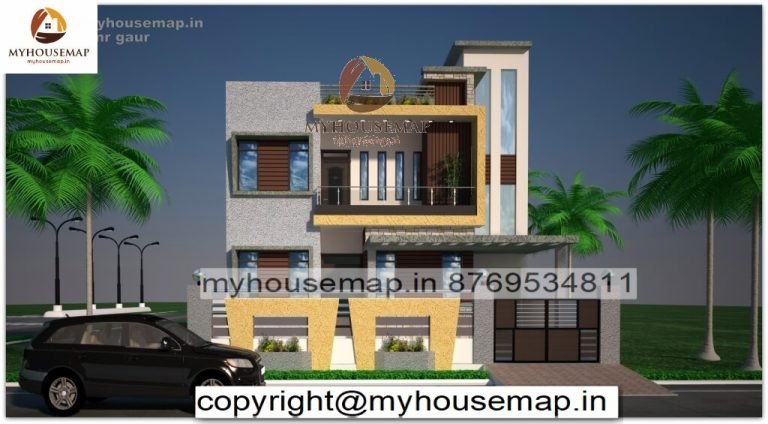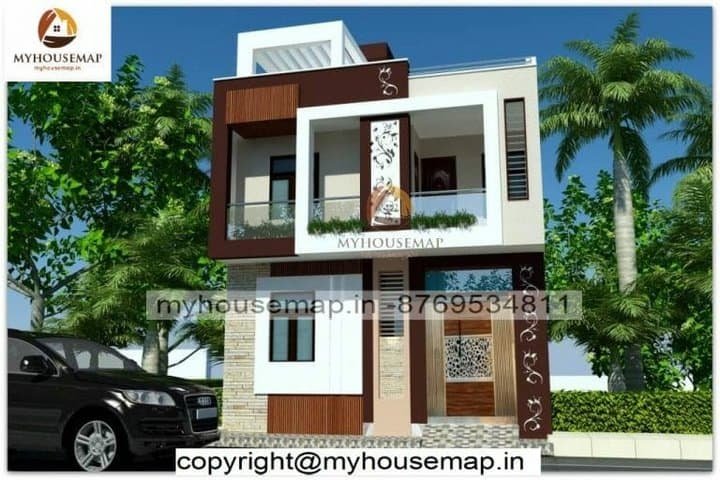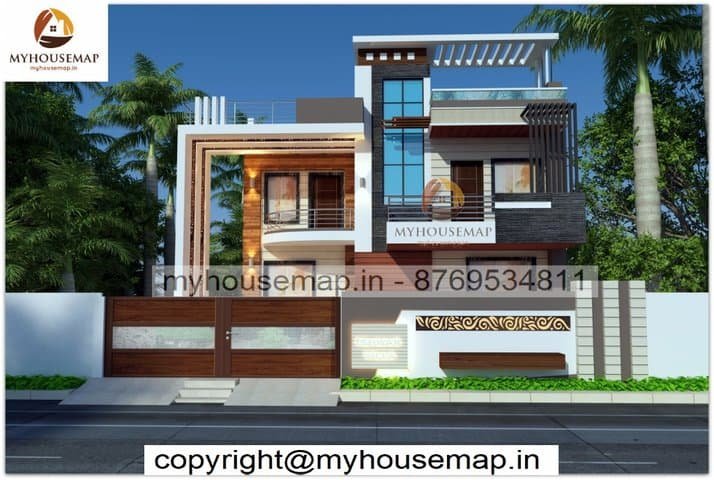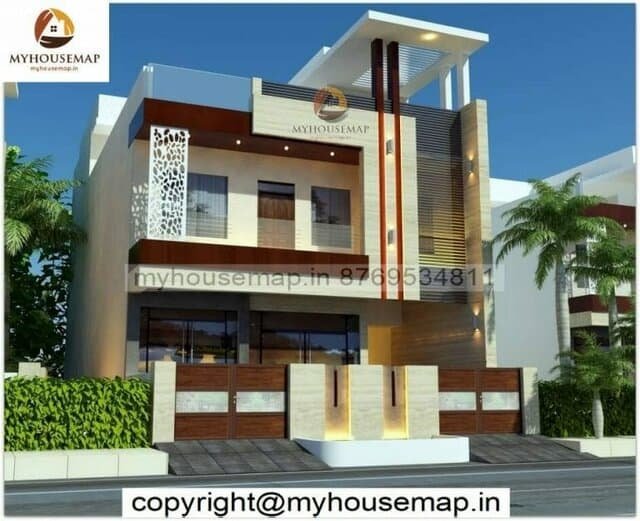elevation models
Table of Contents
elevation models
33×60 Ft 1980 Sqft elevation models design with car parking grey and yellow color tiles.
33×60
Plot Size
2
no. of floor
4
Bedroom
2
toilet
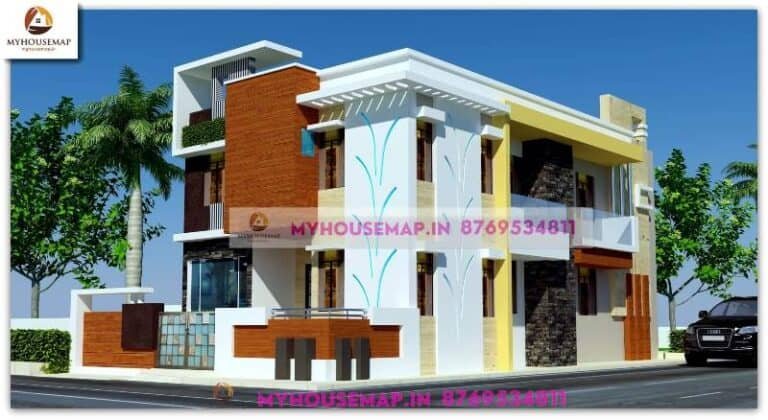
best front elevation design 2 floors
double floor front elevation design 30×60 ft
double floor front elevation design 30×60 ft

best front elevation design 2 floors
3d house design front elevation
3d house design front elevation
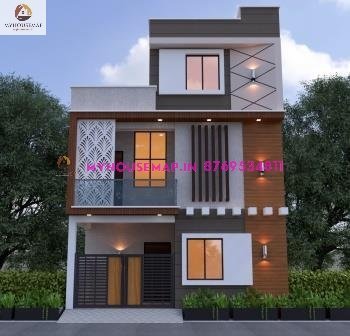
best front elevation design 2 floors
house entrance designs exterior
house entrance designs exterior

